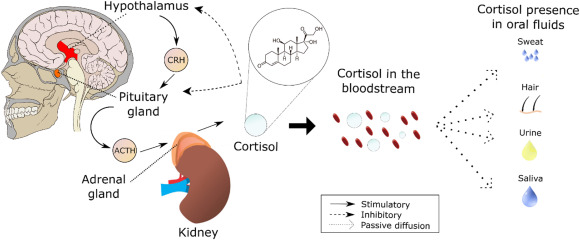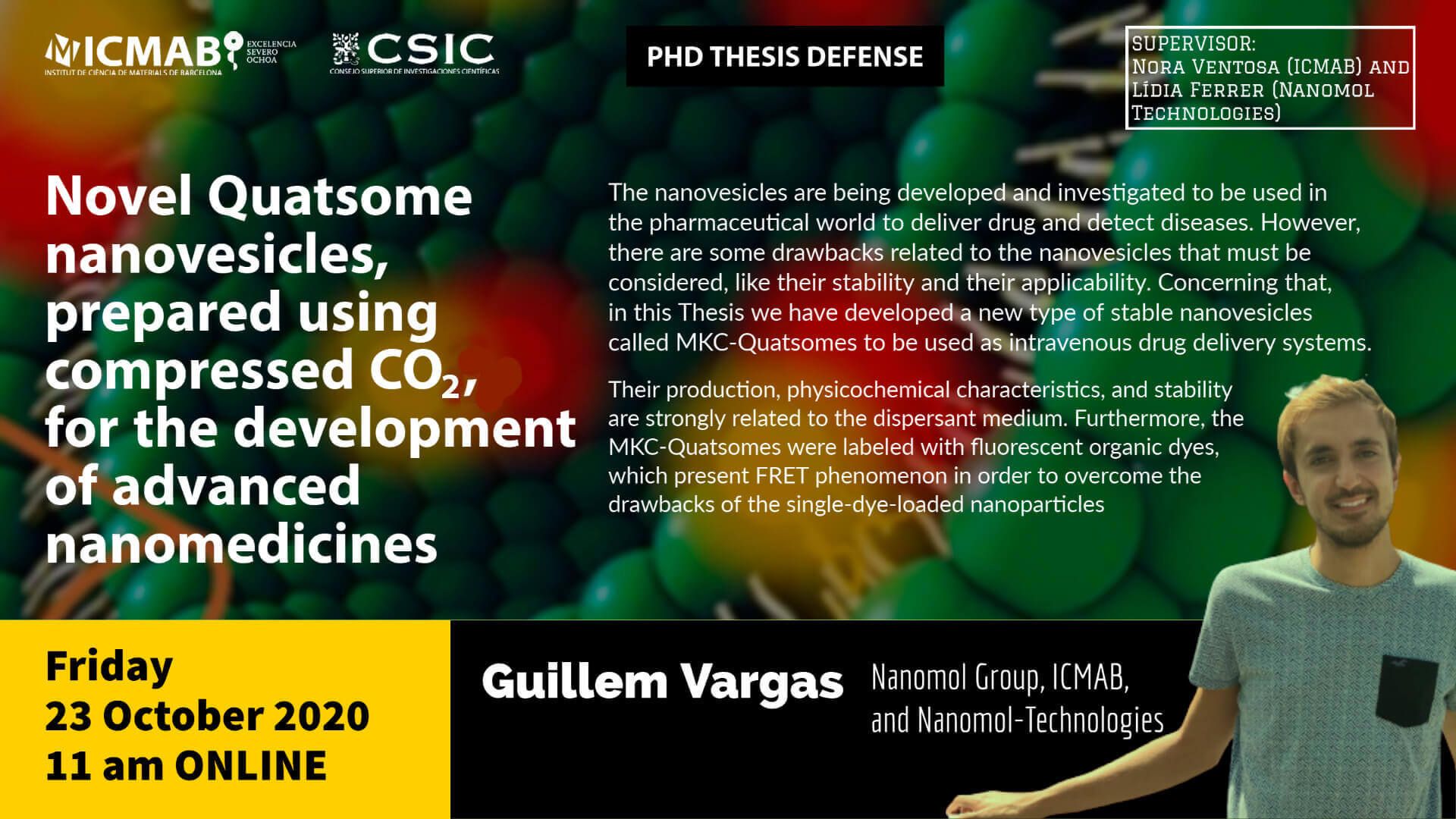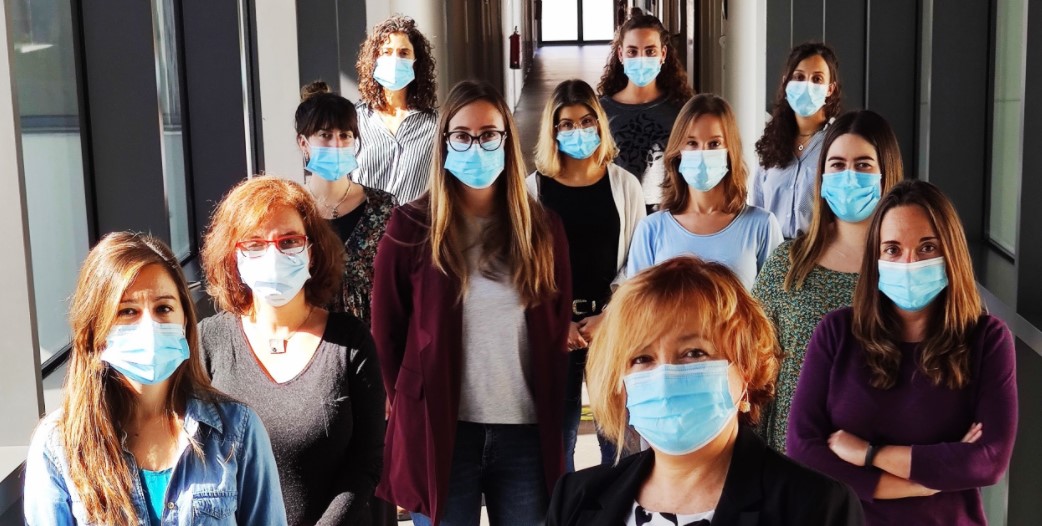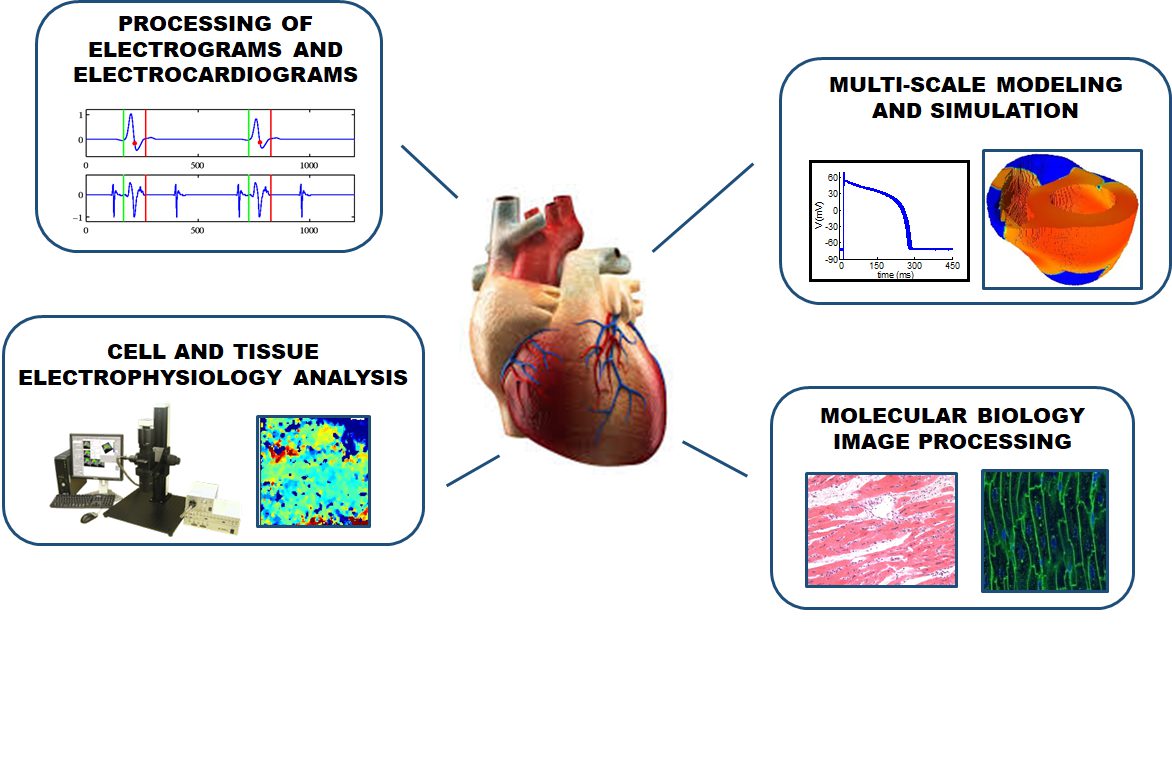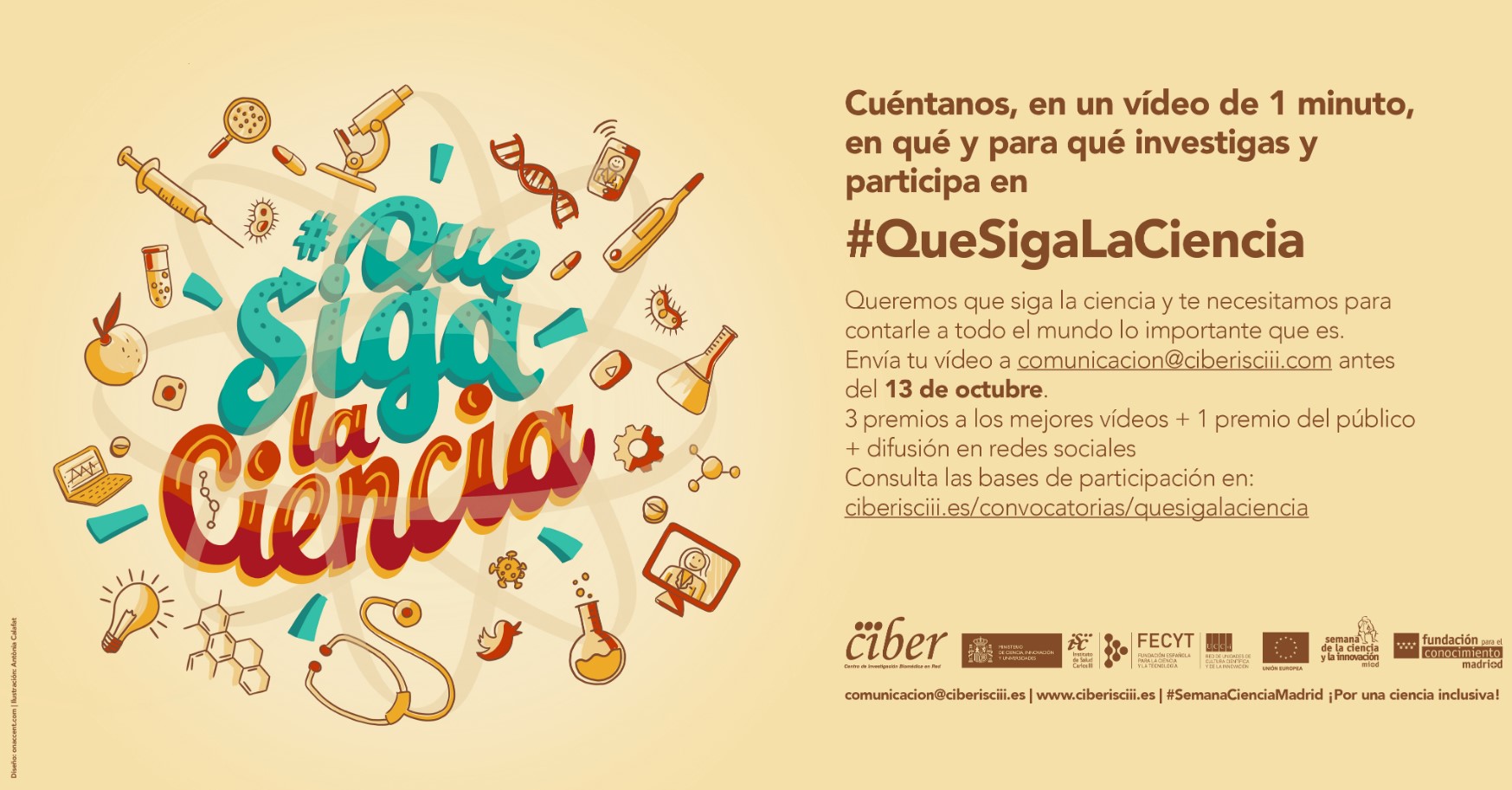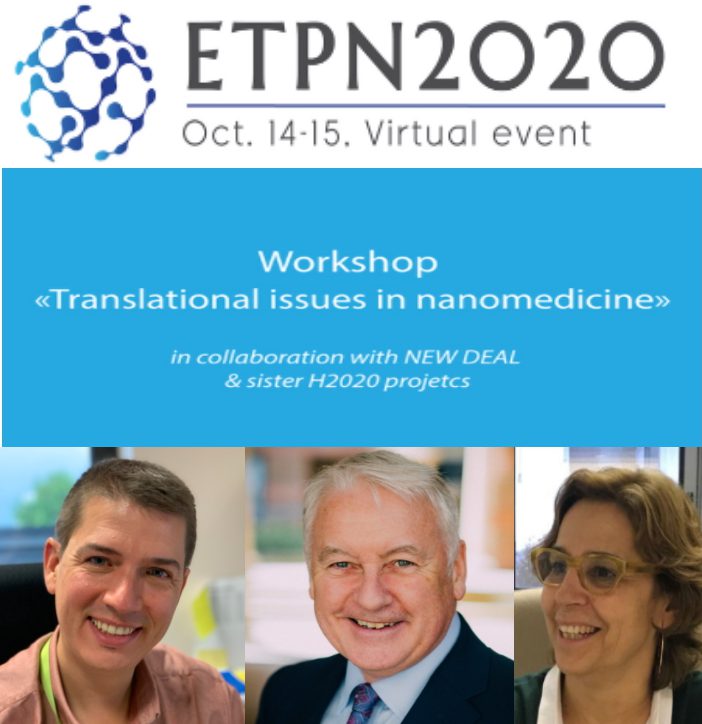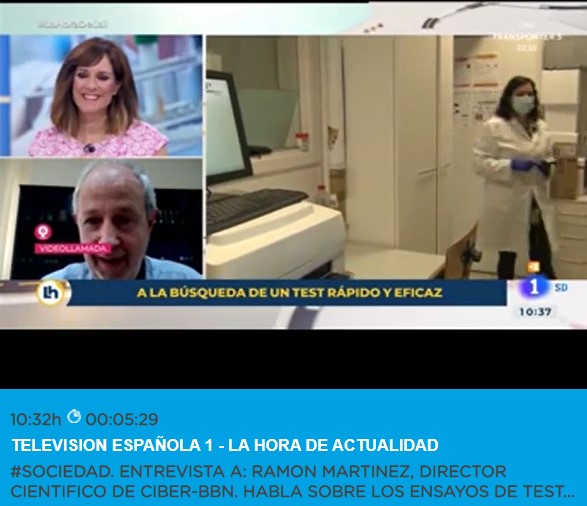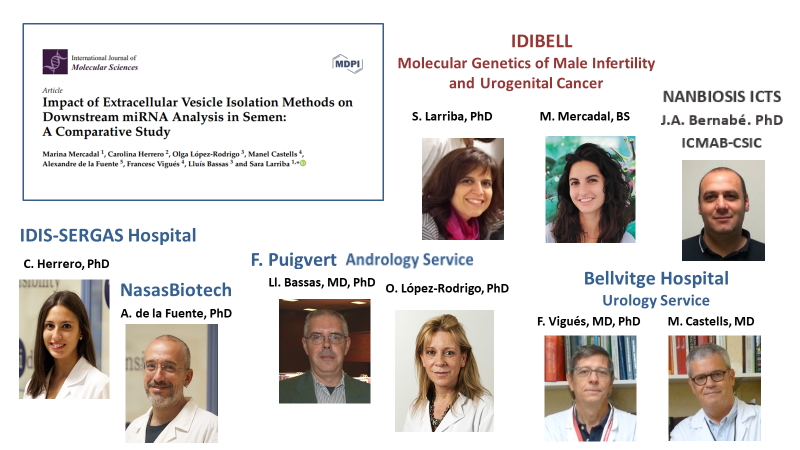Researchers of NANBIOSIS U3 working in a project to develop molecules with neutralizing properties of SARS-CoV-2
The research group of Chemical Multivalent Systems for Nanomedicine and NANBIOSIS U3 Sinthesys of Peptides Unit, of IQAC-CSIC and CIBER-BBN, participates in a new project that seeks to develop molecules with neutralizing properties of SARS-CoV-2, the cause of the COVID-19 disease, for the treatment of patients requiring hospitalization and clinical supervision due to the severity of the infection.
The project, led by the Public University of Navarra (UPNA) and Navarrabiomed, counts with the participation of researchers from institute of advanced chemistry of catalonia (Institute of Advanced Chemistry of Catalonia), IRB Barcelona (Institute for Biomedical Research), CIBER-BBN (Center for Networked Biomedical Research in the thematic area of Bioengineering, Biomaterials and Nanomedicine) and the IRTA (Institute of Agrifood Research and Technology).
With an expected duration of twelve months, the project brings together a multidisciplinary team: chemical synthesis, protein engineering, structural analysis, cell biology, as well as specialists in BSL3 biosafety conditions (the third level of biosafety for laboratories of a scale of four) to be able to test the potential of these molecules.
These molecules with neutralizing properties of SARS-CoV-2 are based on specific peptides of the ACE-2 receptor capable of reducing or nullifying the infectivity of SARS-CoV-2. The chemical part of the project will be carried out by Miriam Royo and Daniel Pulido (NANBIOSIS Unit 3), with the design and performance of the synthesis of ligands based on the ACE-2 receptor.
The consortium partners hope that “the availability of molecules with high inhibitory efficacy will help substantially to mitigate the socioeconomic impact of the pandemic, due to the persistence and / or future outbreaks of SARS-CoV-2 or other potentially dangerous coronaviruses and routes of similar entry ”, in the words of Jacinto López Sagaseta (Navarrabiomed).
The project has been granted in the “Overcome Covid-19 Fund”. This inicitative was created by Crue Spanish Universities, CSIC and Banco Santander with 8.5 million to bust three strategic axes against covid-19: applied research on the virus and its prevention, social impact and strengthening the technological capacity of the universities, and reducing the digital gap. euros. 35 proposals were have been selected out of the 700 submitted.










